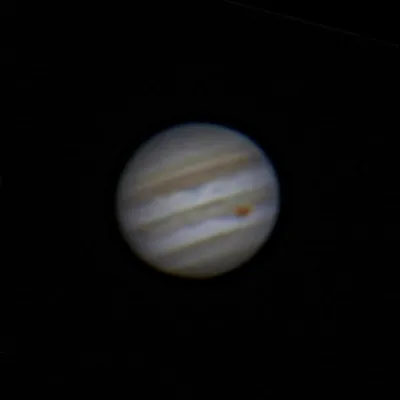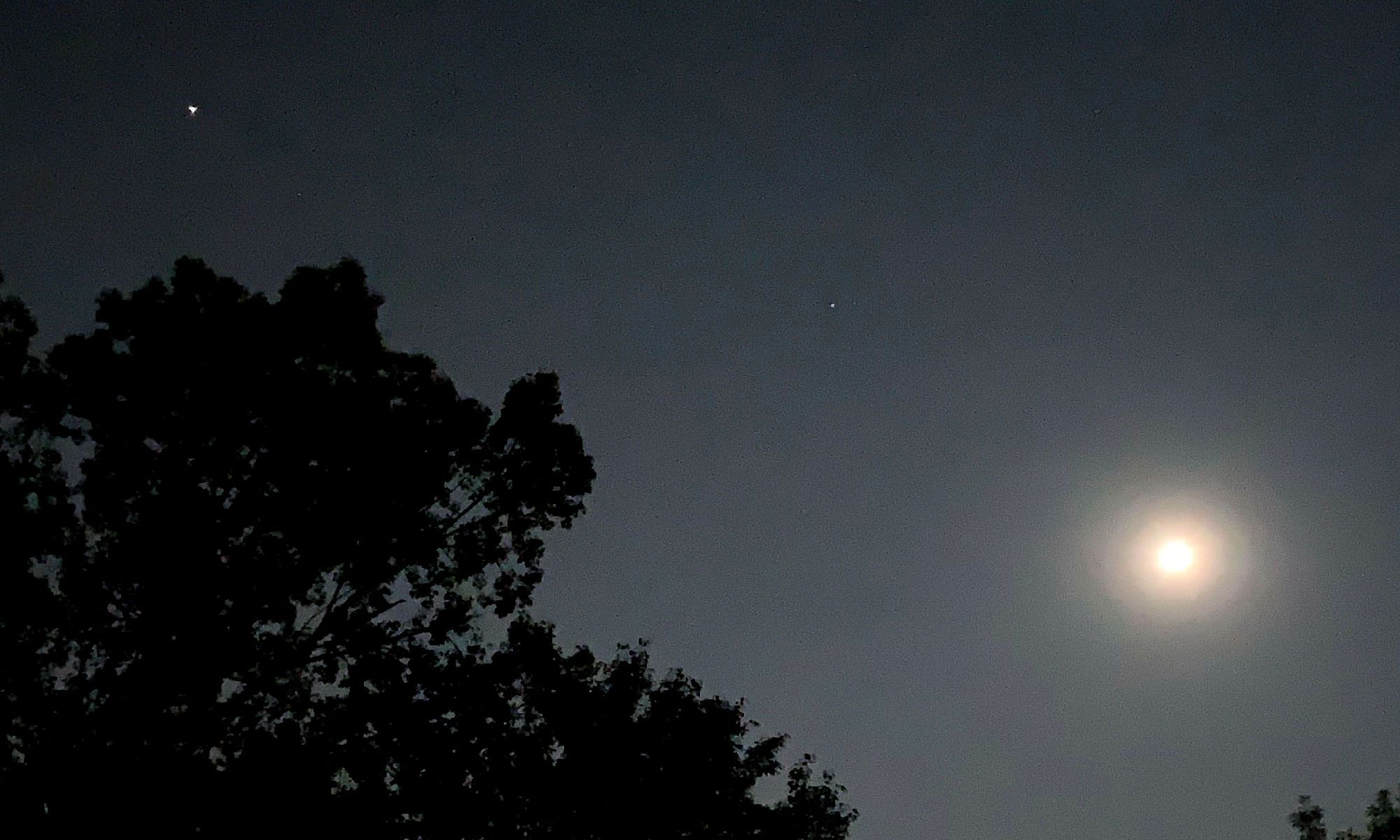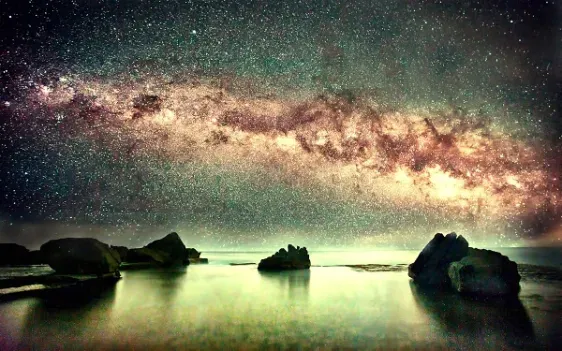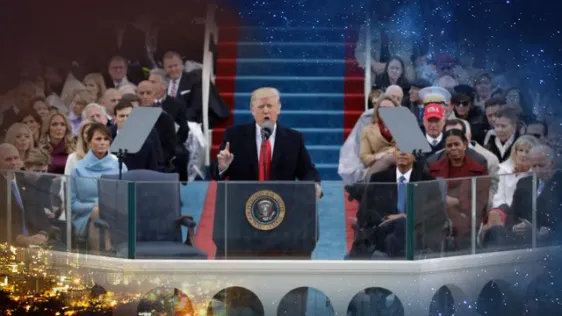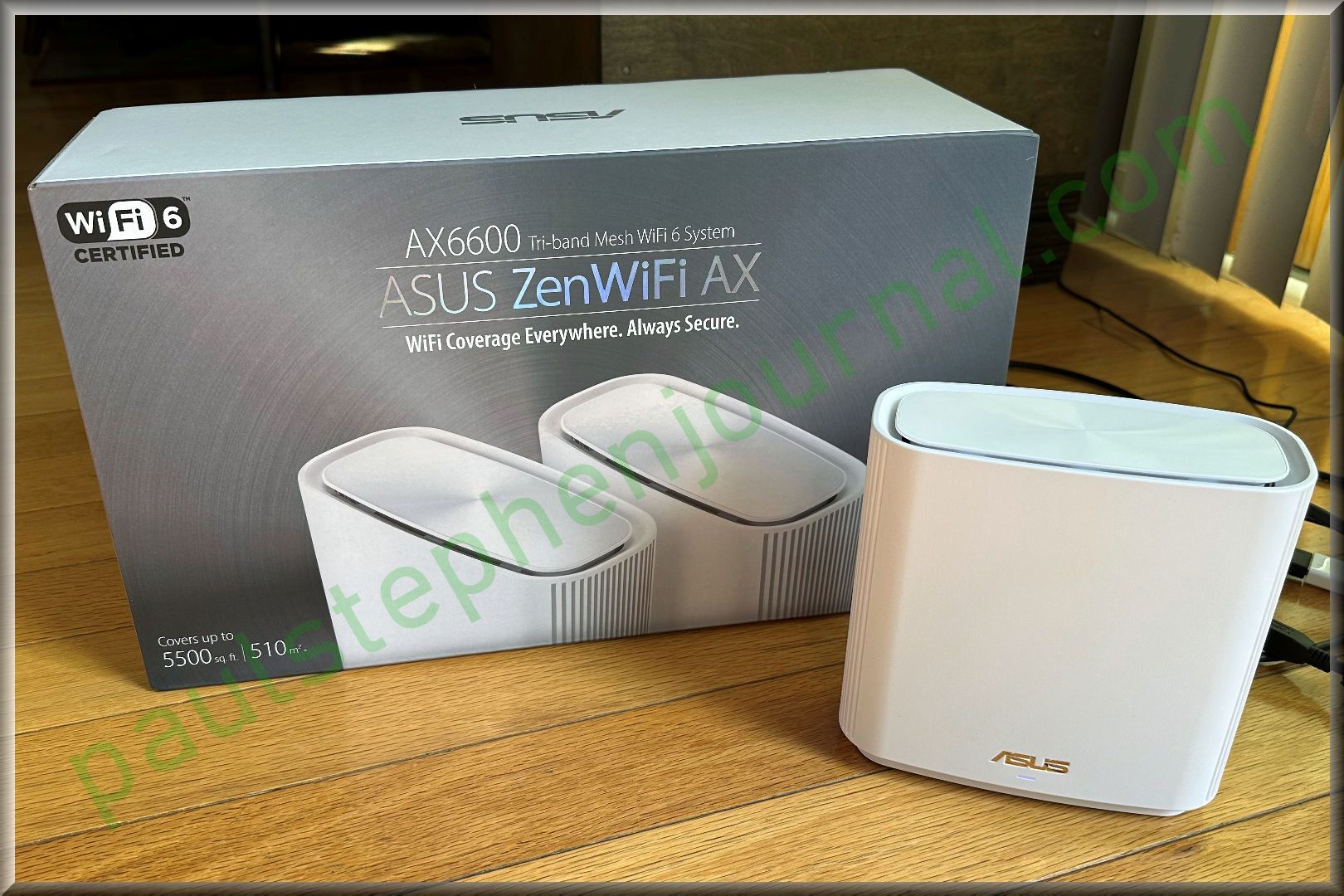The great solar eclipse of North America has gotten a lot of publicity recently, and rightly so. It is a script written for movies, a stark event to be witnessed by large areas of a large country. Everyone from the professional astrophysicist to the completely uninitiated layman will appreciate it.
There is just one small hitch though – the weather. Cloud cover may potentially block some or all of the eclipse. This is not unusual for an astronomical affair, with the main casualty here being the lost opportunity due to the infrequency of this particular one’s chance. The last solar eclipse in North America was over ninety years ago. The next will be in seven. After that, likely none of us today will be alive for the solar eclipse of 2099.

Last year, in May 2016, was the latest transit of the planet Mercury across the Sun. This too is a rare event, though with a frequency of about once every 13 years. While location on Earth is important, there is still a decent chance you can witness a Mercury transit over the course of 30-40 years.
I was in a prime location for the Mercury transit and had a full seven hours to observe it. Unfortunately, the clouds that day were like a mockery from the gods, with the densest cover short of a severe thunderstorm. My days of preparation and planning with telescope and solar filter and camera were fruitless.
Now being days away from the August 21st eclipse, I watch the weather forecasts for Monday like a hawk. Currently they foretell party cloudy, muggy, with a chance of a thunderstorm, but with an uncomfortable encroachment of rain first in the evening and now late afternoon. In my area, the eclipse will be at its peak around 13:20 and over by 14:45.
Will I be disappointed if the weather does not cooperate? Absolutely. Fortunately, there are a few mitigating perspectives.
First as a practical matter, cloud cover does not necessarily mean the eclipse will not be observable. The Sun is very powerful and can pierce a variety of cloud formations. I have taken pictures of star and planets through cloud cover when they were invisible to the eye alone, and have imaged the Sun through clouds as well. Clouds can actually provide an artistic effect through a solar filter when imaging.
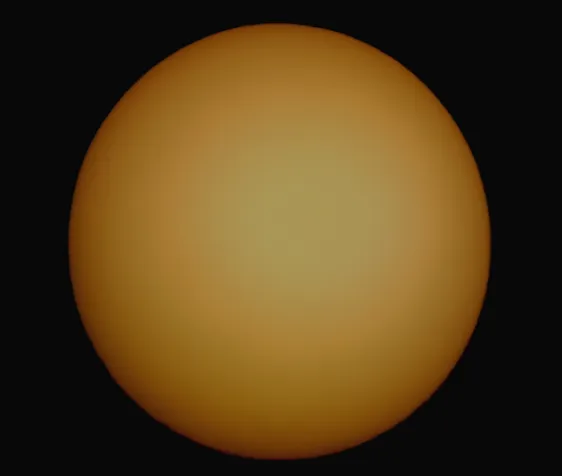
The second is a much longer perspective. I hope those unfamiliar with astronomy take this as an opportunity to begin their own personal explorations of the cosmos. A solar eclipse it just one event, but there is so much more to see, so much more to wonder at! Every clear night offers something spectacular if you know how to observe the sky.
The Moon, the planets, meteors, nebulae, star clusters, galaxies, binary stars, constellations. Conjunctions, oppositions, Jovian moon transits. They are all there, if not all the time then at least for long durations annually, every night for the taking.
This will also be a useful opportunity to push the cause of light pollution. Though the wonders of the Cosmos are out there, too much of our planet is plagued by the sickly orange sky glow that ranks with any other pollution source. Few people know about it, as it is not easy to realize, but artificial lighting at night distorts ecosystems. If you don’t believe me, try sleeping with your bedroom light on, every night.
So even if the weather forces me to miss the eclipse, I know it will not be the end-all, because of all the amazing things in the sky and all the other astronomical events, including eclipses, to come. The clouds cannot win every time!
